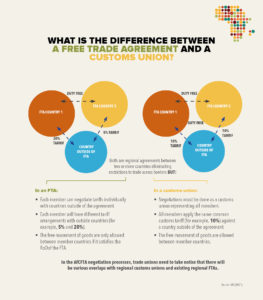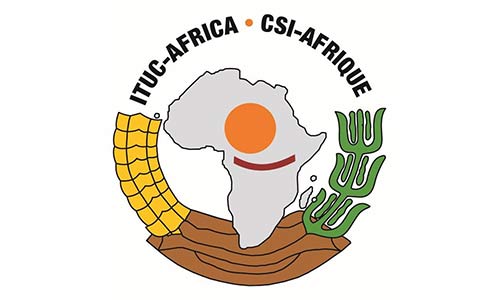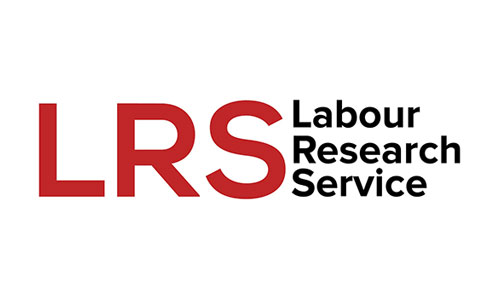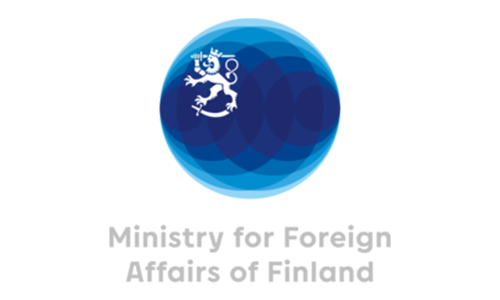A Free Trade Agreement (FTA) occurs when two or more countries agree to reduce barriers to imports and exports or the movement of goods and services across borders. All trade agreements affect global trade. According to the World Trade Organisation, more than 400 FTAs exist globally.
FTAs are usually bilateral or multilateral.
Bilateral Free Trade Agreement
Bilateral FTAs involve two countries. They aim to expand market access and economic growth of the member countries. The parties agree to remove trade barriers to promote trade and investment between them. Some examples of trade barriers are tariffs, import quotas and export sanctions.
Multilateral Free Trade Agreement
Multilateral FTAs aim to expand business opportunities between more than three countries. These agreements are more complex than bilateral agreements and difficult to negotiate. But once set up, multilateral FTAs are very powerful. Member countries gain a greater competitive advantage because the agreement covers a large geographic area. The AfCFTA is a multilateral FTA.
Here’s another way to help you understand the concept of an FTA. Imagine borders as hard walls kept up to protect those on the inside by putting various rules and costs in place. Free trade agreements represent the softening of these walls. Costs and rules are lowered to allow the flow of goods and services, and more interaction between countries. This is also known as trade liberalisation.
Definition
Trade liberalisation: Removing barriers to trade between different countries and encouraging free trade. Trade liberalisation involves reducing tariffs, reducing/or scrapping quotas and reducing non-tariff barriers.
On the flip side, trade barriers place restrictions on trade. The barriers, which are referred to as tariffs, can make trade more expensive or prevent it completely. Tariffs are usually collected by the customs authority of a country. Normally each country will publish a tariff schedule, which is a list of goods and the associated tariffs.
Trade barriers can also be non-monetary. These are called non-tariff barriers, for example, regulations, standards, quotas, subsidies or certification procedures.
FTAs aim to reduce tariff and non-tariff barriers in achieving open or liberalised markets.
Definitions
Tariffs: fees normally collected by a country’s customs authority
Non-tariff barriers: regulations, standards, quotas, subsidies or certification procedures.
Trade barriers are adjusted or removed for only the countries that are signatories to an FTA. Member countries receive the Most Favoured Nation (MFN) status to ensure the same treatment under the agreement. The MFN principle guarantees that Ghana, for instance, can’t give special treatment to only Chad within AfCFTA. Ghana must apply the same tariffs to all countries that form part of the agreement. Importantly, tariffs must be applied on a reciprocal basis. Reciprocity means that a country can only receive a tariff reduction if it grants the same tariff reduction.
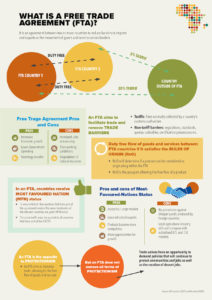
Click here to enlarge the image
Differences Between an FTA and a Customs Union
Essentially, the difference is how each is negotiated. At a casual glance, an FTA appears similar to a customs union. But if we look closely there are clear differences that will be central to how the AfCFTA is implemented.
While the AfCFTA will represent a continental FTA, Africa has many Regional Economic Communities (RECs). 15 regional integration arrangements with overlapping memberships of various countries existed in 2019. The Abuja Treaty of 1991 says all the RECs should become customs unions but it’s yet to happen. In reality, only four RECs (SACU, UEMOA, CEMAC and the EAC) have customs unions. Also, the AfCFTA envisions a continental customs union, meaning it’ll in the future maintain all existing and planned customs unions.
FTA versus Customs Union
Negotiating tariffs
FTA: Each member can negotiate tariffs individually with countries outside of the agreement and establish different rates. Country A, for example, can negotiate a 20% tariff on maize with China while Country B negotiates 5%.
Customs union: Negotiations must be done through the entity representing all members.
What will happen when the AfCFTA establishes a continental customs union? Country A and Country B will stop negotiating their own rates with Country C and adopt the rates negotiated under the continental customs union.
Tariff arrangements
FTA: Each member will have different tariff arrangements with outside countries, let’s say, 5% and 20%.
Customs union: All members apply the same customs tariff, e.g. 10%.
Movement of goods
FTA: The free movement of goods between member countries is only allowed if the goods satisfy the relevant Rules of Origin (RoO).
Customs union: Goods are allowed to move freely between member countries.
“Rules of Origin are a ‘passport’ enabling goods to circulate duty-free within a free trade area (FTA) as long as these goods qualify as originating within the FTA. The rules define the criteria that must be met for a product to be considered as having its origin in an exporting country within the FTA and qualify for preferential treatment (zero import tariffs) inside the FTA. In other words, they determine the economic origin of goods within an FTA.”
~ UNCTAD
Rules of Origin is a complex principle demanding the attention of trade unions. Suppose that a T-shirt is made in China and packaged in Uganda. The RoO will determine the origin of the T-shirt.
The International Trade Union Confederation (ITUC) explains that FTAs are more complex than agreements under WTO. FTAs such as the AfCFTA have many areas, ranging from competition policy and investment to intellectual property.
Click here to enlarge the image
Pros and Cons of Trade Liberalisation
Trade liberalisation has advantages and disadvantages. The disadvantages are especially relevant when participating countries don’t have the capacity and resources to implement the national programmes meant to assist an FTA to achieve its goals.
Consider an imaginary historic village that doesn’t interact with other villages. The isolated village has the advantage of developing and protecting its residents the way it wants. In economic terms, this is referred to as protectionism or economic isolationism. Under a protectionism approach, the development of the village will be limited to what is available on its territory. The village will have to survive on the available water and food resources. Its development could also lag, which would make it vulnerable in conflict situations.
On the other hand, exchanges with other villages would grant our imaginary village more access to goods and improved the overall wellbeing of the villagers. Suppose that another village has a medicinal herb that increases life expectancy. The isolated village would sensibly want the herb, but getting it could present unpredictable external elements. These could be theft or its villagers losing interest in their own produce, thereby causing artisans and farmers to lose their livelihoods. Rules and regulations would be needed to strike a balance between absolute isolation and complete exposure.
In an FTA, a government isn’t required to abandon all protectionist policies. In fact, few trade agreements result in complete trade liberalisation. Trade unions have a central role to play in any negotiations towards achieving a balance between trade liberalisation and protectionism. It’s here that policies can be developed to protect vulnerable local industries and jobs.
Also read:
Why trade unions should be concerned about the African Continental Free Trade agreement
Nelly Nyagah
Nelly Nyagah is the Head of Communications at Labour Research Service.

